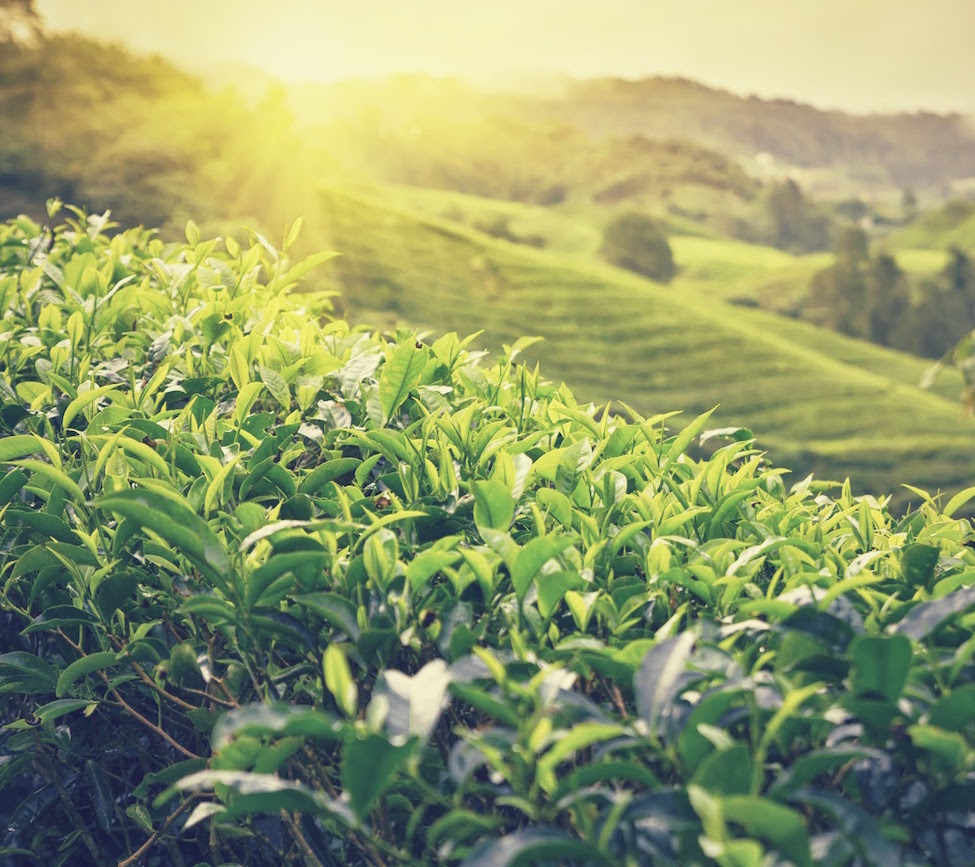I was coaching a woman who constantly struggled with her eating, and consequently, with her weight. She wasn’t as interested in creating the healthy eating habit as she was in seeing the pounds come off.
That’s great, except that when the pounds didn’t come off so quickly, she would get discouraged. Weight loss is a slow process, and you can’t control it completely. Some weeks the weight actually went up — and when that happened, she would feel like a failure. What was she doing wrong?
The problem was that, like most people, she was focusing on the results. That’s pretty normal — we’re a very results-oriented society. When we try to make changes in our lives, and create new habits, we focus on the results.
That model is a lot like sculpting a mound of clay — you have something that needs to be shaped (your behavior, your weight, your finances) and an idea of how it should look when you’re done, and you try to shape it to meet that idea. You know you’re doing it right when you’ve got the finished sculpture, and it looks great.
Unfortunately, this way of making changes very often leads to failure. Sometimes we get the sculpture right very quickly, and all is well, and we’re successful! But more often, we get it wrong at first, or it takes awhile to shape things, or the shape turns out all wrong … and then we feel discouraged. When we don’t get good results quickly, the sculpture way of making changes ends up in a mess of clay.
What’s a better model? I like to look at it like growing a plant. You don’t control the results of growing a plant — it will grow however it grows, because we don’t have godlike powers that can control how a plant will grow. You don’t control the outcome, but you do control the inputs. You can water it, give it more sunlight, feed it some nutrients, give it good soil, make sure bugs aren’t eating it. You control the inputs and environment, but not the outcome.
So Grow a Plant when you’re making changes: you don’t control the outcome, so you can’t get fixated on it. Don’t attach too tightly to the results of a change. Instead, focus on creating a good environment. Focus mostly on the inputs: what are you bringing to the change? What is your intention? What is your effort? What is your enjoyment and mindfulness?
If you do this with weight loss, then you don’t focus on the weight loss itself. You focus on the input: what kind of food are you eating? Are you eating mindfully? Do you have a compassionate intention when it comes to your eating? Are you exercising mindfully? Are you giving yourself a good environment to support these changes?
If you focus on the inputs, you don’t know what the plant of your weight loss change will result in. Maybe it will mean a slimmer version of you, maybe a healthier one, maybe a stronger one with more muscle. You don’t know exactly, because you can’t sculpt your body like clay. What you can do is water it, give it sunlight and good nutrients, and see how it grows.
Mission: Grow a plant
As you do your habit today, and journal about it, consider what your intention is. Are you doing the change to make a difference in the world, to make the most of your time on Earth, to be compassionate toward yourself or others, to make someone’s life better, to nurture your health? Now, as you do the habit, be mindful of your attachment to outcomes of this habit, and see if you can focus instead on the intention, on the effort, on enjoying the process.
